How Are Delta 8 Moon Rocks Made? Step-by-Step Process Explained
If you've ever wondered about the meticulous craftsmanship behind those potent, kief-covered nuggets known as Delta 8 moon rocks, you're not alone. These premium cannabis products have captured the attention of hemp enthusiasts worldwide, offering an elevated experience that combines multiple cannabis elements into one powerful package. Understanding how to make Delta 8 moon rocks isn't just about satisfying curiosity—it's about appreciating the art, science, and quality control that goes into creating these exceptional products.
Whether you're considering DIY Delta 8 moon rocks or simply want to understand what you're consuming, this comprehensive guide will walk you through the entire Delta 8 moon rocks production process. From selecting the perfect flower to the final curing stage, we'll explore every detail of how Delta 8 moon rocks are created and what separates exceptional products from mediocre imitations.
What Are Delta 8 Moon Rocks?
Before diving into the Delta 8 moon rock production process, it's essential to understand what these products actually are. Delta 8 moon rocks represent the pinnacle of hemp flower engineering—a trifecta of cannabis components combined to create an intensely potent experience. At their core, they consist of premium hemp flower buds coated in sticky Delta 8 distillate and rolled in a thick layer of kief, creating a product that's significantly more potent than standard hemp flower.
The term "moon rocks" originated in traditional cannabis culture, named for their ability to send users to metaphorical heights. The Delta 8 version follows the same principle but uses hemp-derived Delta 8 THC, offering a legal alternative in many jurisdictions while still delivering powerful effects. The Delta 8 moon rocks manufacturing process is both an art and a science, requiring precision, quality materials, and careful attention to detail.
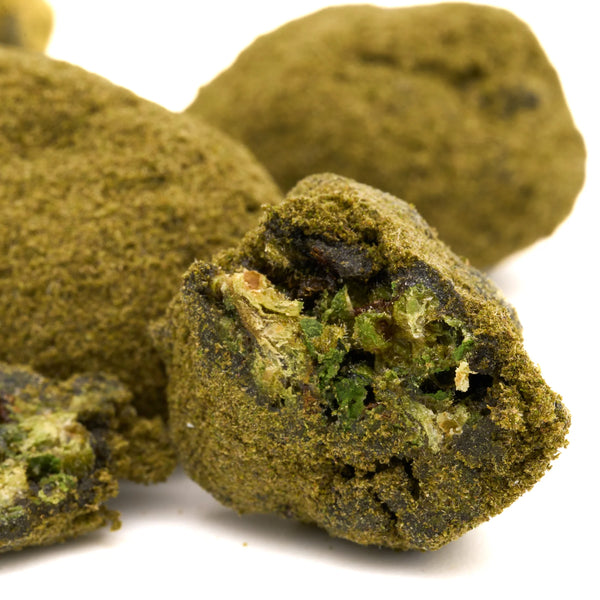
Why Understanding the Production Process Matters
Knowing how Delta 8 moon rocks are created empowers you as a consumer. The production process directly impacts potency, purity, flavor, and safety. Products made with inferior materials or rushed techniques can result in harsh smoke, uneven effects, or even contamination issues. By understanding the step by step Delta 8 moon rocks creation process, you'll be better equipped to identify quality products and make informed purchasing decisions.
Additionally, transparency in Delta 8 moon rocks manufacturing builds trust between producers and consumers. Reputable manufacturers are proud to share their processes because they have nothing to hide. When a company is transparent about making moon rocks Delta 8, it demonstrates their commitment to quality and consumer education.
Required Materials for Delta 8 Moon Rocks Production
The foundation of exceptional Delta 8 moon rocks production lies in sourcing premium materials. Cutting corners on ingredients will inevitably result in an inferior final product. Let's examine each component needed for how to make Delta 8 moon rocks properly.
Premium Hemp Flower
The base of any moon rock is the hemp flower itself. For Delta 8 moon rocks production, you need dense, resinous buds with excellent structure. The flower should be:
- Properly cured with optimal moisture content (not too dry, not too moist)
- Free from mold, mildew, and contaminants
- Dense enough to hold the distillate and kief coating
- Preferably from strains known for their structural integrity
- Organically grown without harmful pesticides or chemicals
The hemp flower may already contain naturally occurring Delta 8 THC, though typically in small amounts. Some producers use hemp flower that's been infused with Delta 8 distillate beforehand, creating an even more potent base.
Delta 8 Distillate or Oil
Delta 8 distillate is the cannabinoid-rich extract that coats the flower. This thick, viscous oil should be:
- High purity (typically 90%+ Delta 8 THC)
- Lab-tested for potency and contaminants
- Free from residual solvents and heavy metals
- Properly decarboxylated for maximum effectiveness
- The right consistency—not too thick or too runny
Quality Delta 8 distillate is crucial for making moon rocks Delta 8 products that deliver consistent effects. Lower-quality distillate may contain impurities or have inconsistent potency, affecting the final product's quality.
High-Grade Kief
The outer layer of moon rocks consists of kief—the crystalline trichomes collected from cannabis flowers. For the kief coating process, you need:
- Pure, sifted kief with minimal plant material
- High trichome density for maximum potency
- Proper color (light blonde to golden indicates quality)
- Fine, powdery consistency
- Stored properly to maintain freshness and potency
The kief should ideally come from the same strain or a complementary strain to the base flower, ensuring terpene profiles work harmoniously together.
Essential Tools and Equipment
Professional Delta 8 moon rocks manufacturing requires specific tools:
- Precision droppers or small brushes for distillate application
- Clean, food-safe gloves (nitrile recommended)
- Shallow dishes or trays for kief rolling
- Drying racks with proper airflow
- Storage containers (glass jars with humidity control)
- Scale for precise measurements
- Temperature-controlled workspace
- Adequate lighting for quality inspection
Step 1: Selecting Quality Flower - The Foundation of Excellence
The first and arguably most critical step in how to make Delta 8 moon rocks is selecting the right hemp flower. This decision impacts everything that follows in the Delta 8 moon rock production process.
Density and Structure Considerations
When choosing buds for Delta 8 moon rocks production, density is paramount. The flower must be compact enough to support the weight of the distillate and kief coating without falling apart. Loose, airy buds will absorb too much oil and become oversaturated, resulting in an inferior product that's difficult to handle and burns improperly.
Premium buds should have:
- Tight, compact structure with minimal stem
- Multiple small calyxes tightly packed together
- Natural stickiness from trichome content
- Medium to large size (too small makes handling difficult)
- Intact shape without crumbling or breaking easily
Strain Selection for Moon Rocks
Different hemp strains offer varying characteristics that affect the final product. When making moon rocks Delta 8, consider strains known for:
- Indica-dominant varieties: Often provide the dense bud structure ideal for moon rocks, with relaxing terpene profiles that complement Delta 8's effects
- Hybrid strains: Offer balanced effects and good structural integrity
- High-terpene cultivars: Add aromatic complexity to the final product
The terpene profile of your base flower will influence the overall flavor and aromatic experience, even after coating with distillate and kief.
Moisture Content and Curing
Properly cured flower is essential for successful Delta 8 moon rocks manufacturing. The flower should have optimal moisture content—typically around 10-12%. Too dry, and the flower will crumble during the coating process; too moist, and it risks mold development during the final curing stage.
Well-cured flower exhibits:
- Slight give when squeezed, then springs back
- Clean break of stems (not bend or completely shatter)
- Vibrant color without browning or discoloration
- Pleasant aroma indicating preserved terpenes
- No musty or hay-like smells suggesting improper curing
Inspection and Quality Control
Before using flower for how Delta 8 moon rocks are created, conduct thorough visual and physical inspection:
- Visual examination: Check for mold (white, powdery substance), pests, or discoloration
- Aroma check: Ensure pleasant, strain-appropriate smell
- Physical integrity test: Gently squeeze to assess density and structural soundness
- Contamination screening: Look for seeds, excess stems, or foreign materials
Only flower passing all quality checks should proceed to the next stage of the Delta 8 moon rock production process.
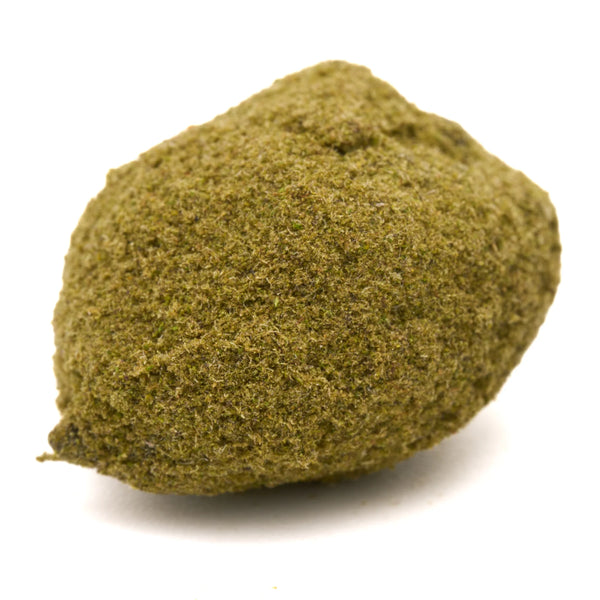
Step 2: Coating with Delta 8 Oil - The Art of Even Application
The coating stage is where Delta 8 moon rocks production requires the most skill and precision. This step involves applying Delta 8 distillate evenly across the flower's surface, creating the sticky layer that will hold the kief.
Preparing the Distillate
Before application, Delta 8 distillate must be at the correct consistency. If too thick, it won't spread evenly; if too thin, it will oversaturate the flower. The ideal approach:
- Gentle warming: Place the distillate container in warm water (not boiling) for 5-10 minutes
- Consistency check: The distillate should be viscous like honey—pourable but not runny
- Temperature maintenance: Keep the workspace at 70-75°F for optimal workability
Never use direct heat or microwave distillate, as excessive heat can degrade cannabinoids and affect potency.
Application Techniques for Professional Results
Professional Delta 8 moon rocks manufacturing employs specific application techniques:
Dropper Method: Using a precision dropper, apply small amounts of distillate to different areas of the bud, then use a clean brush or gloved finger to spread evenly. This method offers excellent control and prevents over-application.
Brush Method: Dip a clean, food-safe brush into the distillate and paint thin layers onto the flower. Multiple thin coats are superior to one thick coat, as they prevent oversaturation while ensuring complete coverage.
Rolling Method: Some producers gently roll the bud in a shallow pool of distillate, though this requires exceptional skill to avoid over-saturation.
Achieving Even Coverage
The key to successful how to make Delta 8 moon rocks is achieving uniform coverage without drowning the flower. Best practices include:
- Rotate systematically: Work around the bud methodically, ensuring no spots are missed
- Thin layers principle: Apply 2-3 thin coats rather than one heavy coat
- Respect the structure: Avoid pressing too hard, which can damage the bud's integrity
- Cover 80-90%: Complete coverage isn't necessary; leave some areas for handling
- Monitor absorption: Watch how quickly the flower absorbs the oil; fast absorption may indicate the flower is too dry
Preventing Over-Saturation
Over-saturated moon rocks are problematic—they're messy, burn improperly, and can develop mold. Signs of over-saturation include:
- Distillate dripping off the bud
- Flower losing its structural shape
- Oil pooling in crevices
- Bud becoming overly soft or mushy
If over-saturation occurs during making moon rocks Delta 8, gently blot excess oil with clean, absorbent paper before proceeding to the kief coating.
Timing Between Coating and Kief Application
After applying distillate, timing is crucial. The step by step Delta 8 moon rocks process requires moving quickly to the kief application while the distillate is still tacky. Wait 2-5 minutes after coating—long enough for initial absorption but not so long that the distillate becomes too dry to hold kief.
Step 3: Rolling in Kief - Creating the Signature Coating
The kief coating process is what gives moon rocks their distinctive appearance and adds an extra layer of potency. This stage requires gentle handling and attention to detail to create the signature crystalline exterior.
Preparing Your Kief Station
Before beginning the kief coating process, set up a dedicated work area:
- Clean workspace: Ensure the area is dust-free and contamination-free
- Shallow trays: Use food-safe dishes or trays with at least 1 inch of kief depth
- Working surface: Cover your work area with parchment paper for easy cleanup
- Tools ready: Have clean tweezers or tongs for handling coated buds
- Adequate kief: Have 3-4 times more kief than you think you'll need
Application Technique for Complete Coverage
Professional Delta 8 moon rocks manufacturing follows a specific kief application process:
- Initial placement: Gently place the distillate-coated bud into the kief tray
- Gentle covering: Sprinkle kief over the top surface with a clean spoon
- Rolling motion: Using tweezers, carefully roll the bud to expose uncoated areas
- Pressing technique: Lightly press kief onto the sticky surface—don't pack it
- Multiple passes: Repeat the rolling and sprinkling process 2-3 times
- Complete coverage: Ensure all exposed sticky areas are covered with kief
Handling Techniques to Preserve Structure
During the kief coating process, maintaining the flower's structural integrity is crucial:
- Use tools: Never handle coated buds with bare hands; use clean tweezers or tongs
- Gentle pressure: Apply minimal force when rolling or pressing
- Support the base: When rotating, support the bud from underneath
- Quick movements: Work efficiently to prevent the distillate from drying before coating is complete
- Individual attention: Coat one bud at a time for best results
Achieving Optimal Kief Density
The ideal moon rock has a substantial kief coating without excessive clumping. For perfect Delta 8 moon rocks production:
- Aim for complete coverage with kief visible on all surfaces
- The coating should look fuzzy and crystalline, not patchy
- Excess kief should fall away when the bud is gently tapped
- The kief layer should be 1-2mm thick for optimal potency and appearance
- Some distillate may peek through—this is normal and acceptable
Quality Markers for Properly Coated Moon Rocks
Well-executed DIY Delta 8 moon rocks or professionally manufactured products should exhibit:
- Uniform appearance: Consistent kief coverage across the entire surface
- Golden or light green color: Depending on the kief used
- Defined shape: The original bud structure should still be recognizable
- Slight stickiness: Should be tacky but not so sticky they can't be handled
- Crystalline texture: Should look and feel powdery on the outside
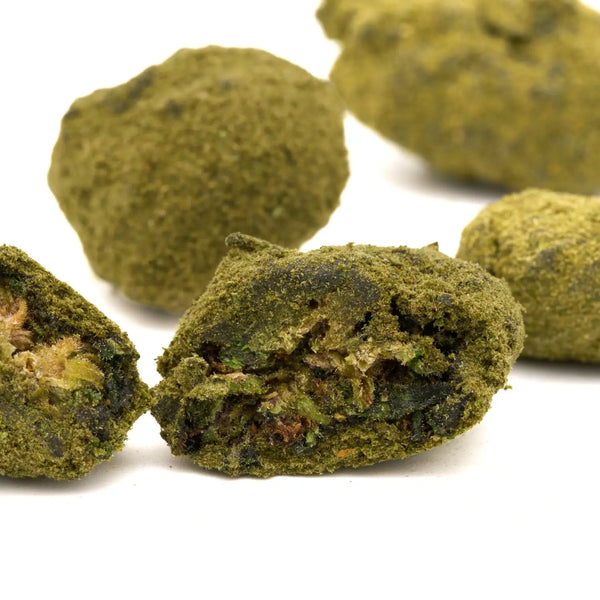
Step 4: Drying and Curing - The Patient Path to Perfection
The final stage of how to make Delta 8 moon rocks involves properly drying and curing the finished product. This step is crucial for developing optimal flavor, ensuring proper burn characteristics, and preventing mold growth.
Initial Drying Process
Immediately after the kief coating process, moon rocks need careful drying:
- Placement: Transfer coated buds to a drying rack with excellent airflow on all sides
- Spacing: Ensure moon rocks don't touch each other—leave at least 1 inch between buds
- Environment control: Maintain temperature at 65-70°F with 50-55% humidity
- Air circulation: Use gentle fans to promote airflow without directly blowing on the buds
- Duration: Initial drying takes 3-5 days, depending on environmental conditions
Monitoring the Drying Process
During the Delta 8 moon rock production process, regular monitoring prevents problems:
- Daily inspection: Check for any signs of mold, especially in the first 48 hours
- Rotation: Gently rotate buds every 24 hours to ensure even drying
- Texture check: The kief should feel dry and powdery, not sticky
- Distillate assessment: The oil should be tacky but not wet
- Environmental adjustments: Modify humidity and airflow as needed
Proper Curing Conditions
After initial drying, moon rocks benefit from a curing period similar to traditional cannabis flower. The curing process for making moon rocks Delta 8:
Storage containers: Transfer dried moon rocks to glass jars with airtight seals. Fill jars only 75% full to allow air circulation.
Humidity control: Maintain 58-62% relative humidity inside jars using humidity packs (Boveda or similar). This prevents over-drying while avoiding moisture that could cause mold.
Temperature: Store in a cool, dark place at 60-70°F. Avoid temperature fluctuations.
Burping schedule: Open jars once daily for the first week, allowing 10-15 minutes of air exchange. Reduce to every 2-3 days in week two, then weekly thereafter.
Duration: Minimum 2 weeks for basic curing; 4-6 weeks for optimal development of flavors and smoothness.
Preventing Mold and Contamination
Mold is the primary concern during the drying and curing phase of Delta 8 moon rocks production:
Mold prevention strategies:
- Never rush the initial drying phase
- Maintain proper humidity levels throughout curing
- Inspect buds during each burping session
- Discard any moon rocks showing white, fuzzy growth
- Keep storage containers scrupulously clean
- Avoid handling with contaminated tools or unwashed hands
Warning signs of improper curing:
- Ammonia or musty smell when opening jars
- Visible mold growth (white, gray, or green fuzzy patches)
- Excessive moisture on jar walls
- Kief becoming clumped or sticky again
- Discoloration or darkening of the flower
Final Quality Assessment
Before Delta 8 moon rocks are ready for consumption or sale, perform a final quality check:
- Visual inspection: Confirm proper appearance with consistent kief coating
- Aroma evaluation: Should smell pleasant with discernible terpene notes
- Texture test: Kief should be dry and powdery; distillate tacky but not wet
- Structural integrity: Bud should maintain its shape when gently squeezed
- Potency verification: Lab testing confirms cannabinoid content meets specifications
Quality Control Considerations - Ensuring Safety and Consistency
Professional Delta 8 moon rocks manufacturing includes rigorous quality control measures that separate premium products from inferior alternatives. Understanding these standards helps consumers identify high-quality Delta 8 moon rocks.
Comprehensive Lab Testing
Reputable manufacturers conduct extensive laboratory testing throughout the Delta 8 moon rock production process:
Cannabinoid Profile Testing: Confirms Delta 8 THC concentration and verifies other cannabinoid content. Quality moon rocks should have:
- Accurate Delta 8 THC percentages (typically 50-80% total cannabinoids)
- Delta 9 THC below legal limits (0.3% or less)
- Full cannabinoid spectrum analysis
- Batch consistency verification
Contaminant Screening: Essential testing includes:
- Heavy metals (lead, mercury, arsenic, cadmium)
- Pesticides and herbicides
- Residual solvents from extraction processes
- Microbial contaminants (bacteria, mold, yeast)
- Mycotoxins
Terpene Analysis: Identifies aromatic compounds and their concentrations, providing insight into flavor profiles and potential effects.
Purity and Potency Standards
When evaluating how Delta 8 moon rocks are created, look for products that meet these standards:
- Consistent potency: Batch-to-batch variation should be minimal (±5%)
- Purity metrics: Delta 8 distillate should be 90%+ pure
- No additives: Quality moon rocks contain only flower, distillate, and kief
- Transparent labeling: Clear indication of total cannabinoid content per unit
- Third-party verification: Independent labs provide unbiased testing results
Certificate of Analysis (COA) Essentials
Every batch of professionally manufactured Delta 8 moon rocks should have an accessible Certificate of Analysis. When reviewing COAs:
- Verify authenticity: COA should include lab name, address, and testing date
- Check comprehensiveness: Should cover cannabinoids, contaminants, and microbes
- Confirm batch matching: Ensure the COA batch number matches product packaging
- Review pass/fail criteria: All categories should show "pass" or "not detected"
- Assess cannabinoid ratios: Verify Delta 8 content aligns with product claims
Storage and Shelf Life Considerations
Proper storage extends the life of Delta 8 moon rocks and maintains quality:
- Optimal conditions: Store at 60-70°F in dark, airtight containers
- Humidity control: Maintain 58-62% RH to prevent drying or mold
- Light protection: UV exposure degrades cannabinoids; use opaque containers
- Shelf life: Properly stored moon rocks maintain peak quality for 6-12 months
- Degradation signs: Potency loss, terpene evaporation, color fading indicate aging
Regulatory Compliance and Legal Considerations
The Delta 8 moon rocks manufacturing industry operates under evolving regulations. Quality manufacturers ensure:
- 2018 Farm Bill compliance: Hemp-derived products with <0.3% Delta 9 THC
- State law adherence: Some states have banned or restricted Delta 8 products
- Proper licensing: Legitimate manufacturers hold appropriate permits
- Age restrictions: Sales limited to adults 21+ in most jurisdictions
- Marketing compliance: Avoid unverified health claims and improper advertising
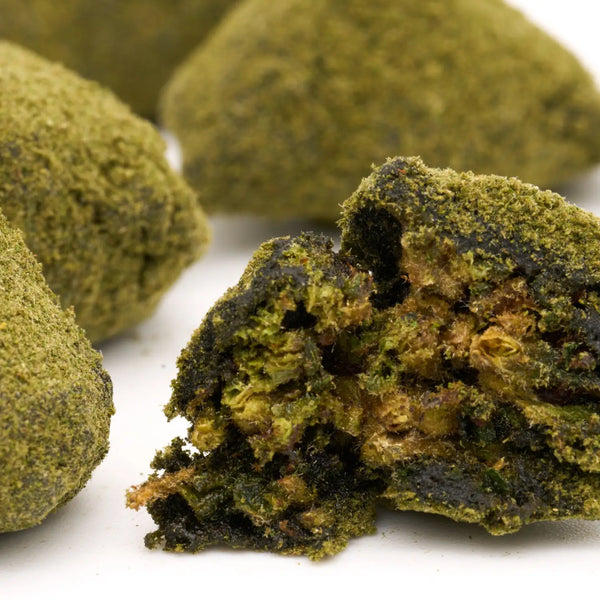
DIY Delta 8 Moon Rocks vs. Professional Manufacturing
While DIY Delta 8 moon rocks are technically possible, there are significant differences between homemade and professionally manufactured products.
Advantages of Professional Manufacturing
Companies specializing in Delta 8 moon rocks production offer several benefits:
Consistency: Professional manufacturers produce uniform products with predictable potency and effects, unlike variable DIY batches.
Quality ingredients: Access to bulk, high-grade materials that meet strict quality standards. Premium Delta 8 distillate and kief may be difficult or expensive for individuals to source.
Safety assurance: Comprehensive lab testing ensures products are free from contaminants and meet legal requirements—something home producers typically cannot afford or access.
Proper equipment: Professional facilities have climate-controlled environments, specialized tools, and clean-room conditions that optimize the step by step Delta 8 moon rocks process.
Expertise: Years of experience inform techniques, timing, and quality control measures that newcomers lack.
Challenges of DIY Production
Those attempting DIY Delta 8 moon rocks face several obstacles:
Ingredient sourcing: Finding quality materials is difficult without industry connections. Many vendors selling to individuals offer inferior products.
Cost efficiency: Small-batch production is expensive per unit compared to commercial scale.
Legal complexity: Purchasing Delta 8 distillate and creating products may raise legal questions depending on jurisdiction.
Quality control: Without access to lab testing, it's impossible to verify safety, purity, or potency.
Technical challenges: How to make Delta 8 moon rocks requires precision that takes practice to develop. First attempts often yield inconsistent results.
Safety risks: Working with concentrated cannabinoids requires proper handling and storage knowledge.
When DIY Makes Sense
Despite challenges, some situations favor DIY Delta 8 moon rocks:
- Personal consumption in small quantities
- Experimentation with different strains and ratios
- Cost savings if you already have access to quality materials
- Customization of potency and terpene profiles
- Educational purposes to understand the process
However, for consistent quality, safety assurance, and legal compliance, purchasing from reputable manufacturers is recommended for most consumers.
The Future of Delta 8 Moon Rocks Manufacturing
As the hemp industry evolves, Delta 8 moon rocks production continues advancing with new technologies and refined techniques.
Emerging Technologies
Innovation in how Delta 8 moon rocks are created includes:
- Precision coating equipment: Automated systems ensure even distillate distribution
- Climate-controlled curing chambers: Digital monitoring optimizes drying and curing
- Advanced extraction methods: Cleaner, more efficient processes produce superior distillate
- Nanotechnology: Emerging research into nano-emulsified cannabinoids may revolutionize coating methods
Quality Enhancement Trends
The industry is moving toward:
- Strain-specific moon rocks: Carefully matched flower, distillate, and kief from the same cultivar
- Terpene enhancement: Re-introducing cannabis-derived terpenes for richer profiles
- Custom potency options: Products tailored to different consumer tolerance levels
- Sustainable practices: Eco-friendly production methods and packaging
Conclusion: Making Informed Choices About Delta 8 Moon Rocks
Understanding the comprehensive Delta 8 moon rock production process—from selecting premium flower through the final curing stages—reveals the craftsmanship required to create these potent products. Each step in how to make Delta 8 moon rocks impacts the final product's quality, potency, safety, and effects.
While DIY Delta 8 moon rocks are possible for adventurous consumers with access to quality materials, the complexity of the step by step Delta 8 moon rocks process, combined with safety and legal considerations, makes purchasing from reputable manufacturers the recommended choice for most people.
When selecting Delta 8 moon rocks, prioritize companies that demonstrate transparency through lab testing, use premium ingredients, and follow proper Delta 8 moon rocks manufacturing protocols. The extra investment in quality products ensures a safer, more enjoyable experience and supports the legitimate hemp industry.
Whether you're fascinated by the technical aspects of making moon rocks Delta 8 or simply want to appreciate what goes into your purchase, this knowledge empowers you to make better decisions. As the industry matures, expect continued improvements in Delta 8 moon rocks production techniques, resulting in even higher quality products for consumers.
Ready to experience premium Delta 8 moon rocks made with professional care and rigorous quality control? Visit our collection to explore top-tier products manufactured using the exact processes outlined in this guide.
Frequently Asked Questions About Delta 8 Moon Rocks Production
How long does it take to make Delta 8 moon rocks?
The complete Delta 8 moon rock production process takes 2-6 weeks. The coating process itself (applying distillate and kief) takes only 15-30 minutes per batch, but proper drying requires 3-5 days, followed by a minimum 2-week curing period. Professional manufacturers often cure for 4-6 weeks to optimize flavor and smoothness.
What makes Delta 8 moon rocks so potent?
Delta 8 moon rocks combine three potent cannabis components: hemp flower (containing cannabinoids and terpenes), Delta 8 distillate (90%+ pure Delta 8 THC), and kief (concentrated trichomes). This triple-layer approach results in products with 50-80% total cannabinoid content, significantly higher than standard hemp flower at 10-20%.
Can I make moon rocks with regular hemp flower?
Yes, how to make Delta 8 moon rocks starts with regular hemp flower. You then coat it with Delta 8 distillate and kief. However, starting with dense, high-quality flower is essential for structural integrity and proper coating adhesion.
Why is kief coating necessary for moon rocks?
The kief coating process serves multiple purposes: it adds an extra layer of potency, creates the signature crystalline appearance, helps seal the distillate coating, reduces stickiness for easier handling, and contributes additional terpenes for enhanced flavor and aroma.
How do I know if Delta 8 moon rocks are high quality?
Quality Delta 8 moon rocks feature: uniform kief coating without bare patches, recognizable flower structure underneath, pleasant aroma with clear terpene notes, golden to light green color, Certificate of Analysis from third-party labs, proper packaging with batch information, and appropriate stickiness (tacky but handleable).
Is the Delta 8 in moon rocks synthetic?
Quality Delta 8 moon rocks production uses Delta 8 THC derived from hemp through legal conversion processes. While Delta 8 occurs naturally in cannabis in trace amounts, commercial quantities are typically produced by converting CBD from hemp. This is federally legal under the 2018 Farm Bill when the final product contains less than 0.3% Delta 9 THC.
How should I store Delta 8 moon rocks?
Store Delta 8 moon rocks in airtight glass containers in a cool, dark place at 60-70°F. Use humidity control packs to maintain 58-62% relative humidity. Avoid plastic containers, direct sunlight, and temperature fluctuations. Properly stored moon rocks maintain quality for 6-12 months.
What's the difference between Delta 8 and Delta 9 moon rocks?
Both follow similar manufacturing processes, but Delta 8 moon rocks use hemp-derived Delta 8 THC (federally legal in many areas), while Delta 9 moon rocks use marijuana-derived Delta 9 THC (restricted to states with legal cannabis programs). Delta 8 typically produces milder psychoactive effects than Delta 9.
Can moon rocks go bad or lose potency?
Yes, Delta 8 moon rocks can degrade over time. Cannabinoids break down when exposed to light, heat, air, and moisture. Signs of degradation include: loss of aroma, color fading to brown, dried-out texture, diminished effects, and harsh or stale taste. Proper storage significantly extends shelf life.
Why are professionally made moon rocks better than DIY?
Professional Delta 8 moon rocks manufacturing offers advantages that DIY Delta 8 moon rocks cannot match: access to premium bulk materials, comprehensive lab testing for safety and potency, climate-controlled production environments, experienced technique and quality control, legal compliance and proper licensing, and consistent batch-to-batch quality. For most consumers, the superior safety, consistency, and quality of professionally manufactured products justifies the cost difference.

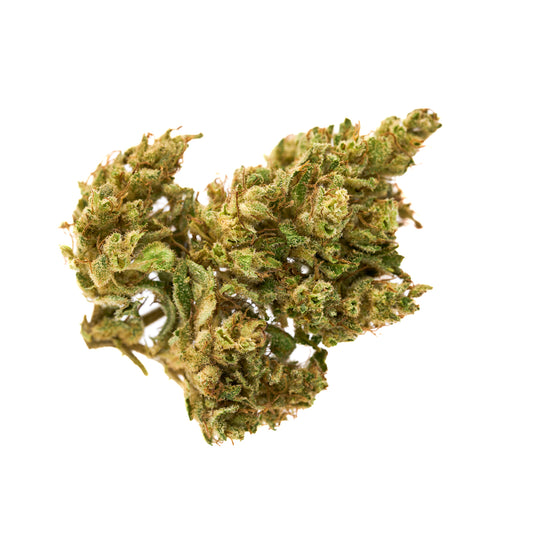
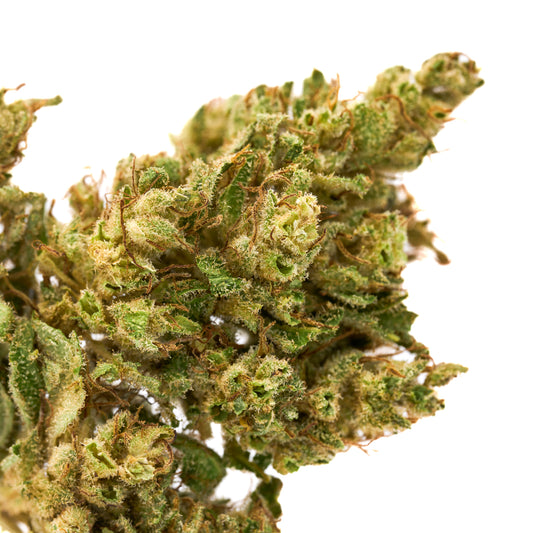
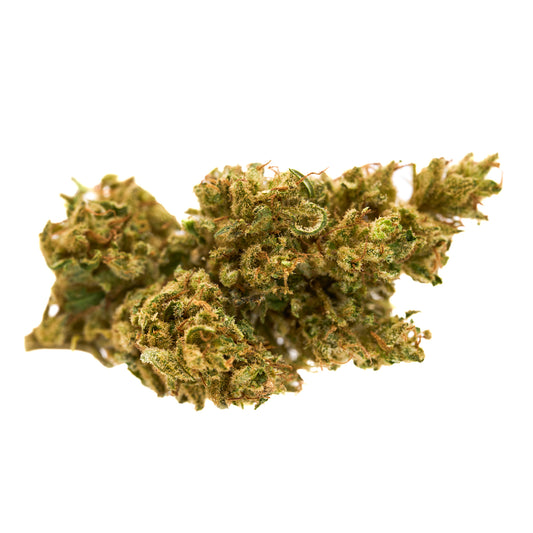
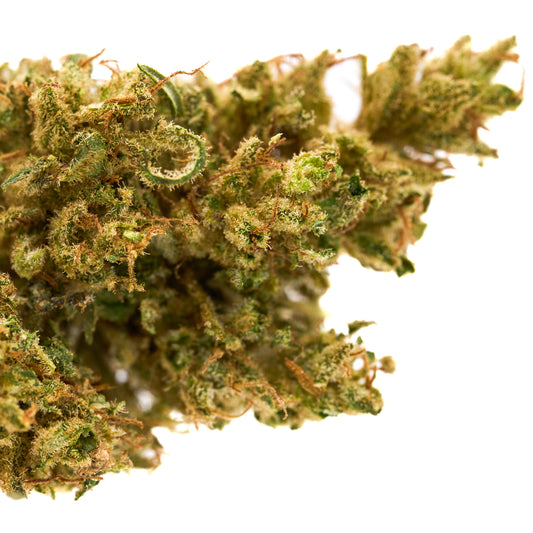
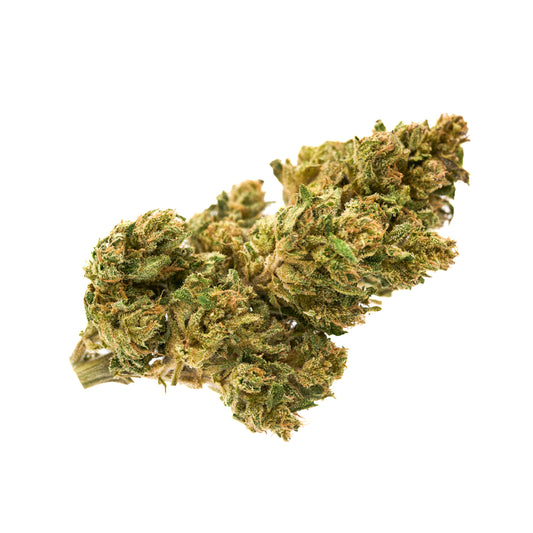
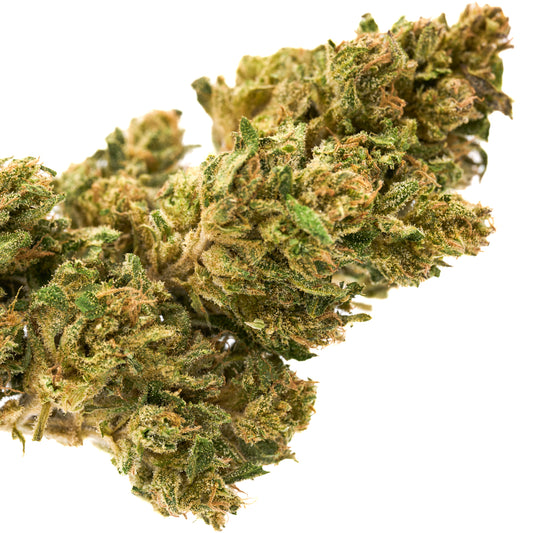



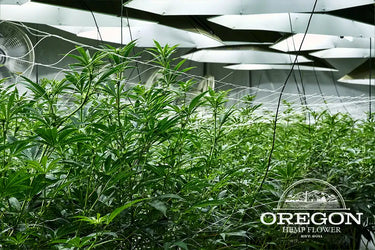

Leave a comment
Please note, comments need to be approved before they are published.